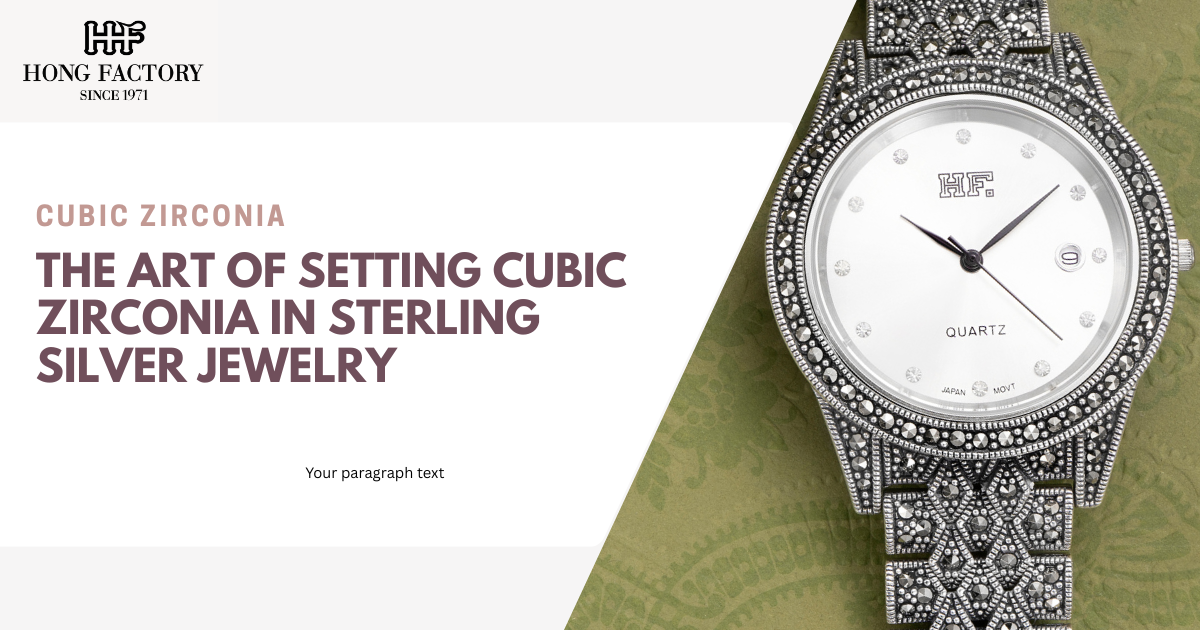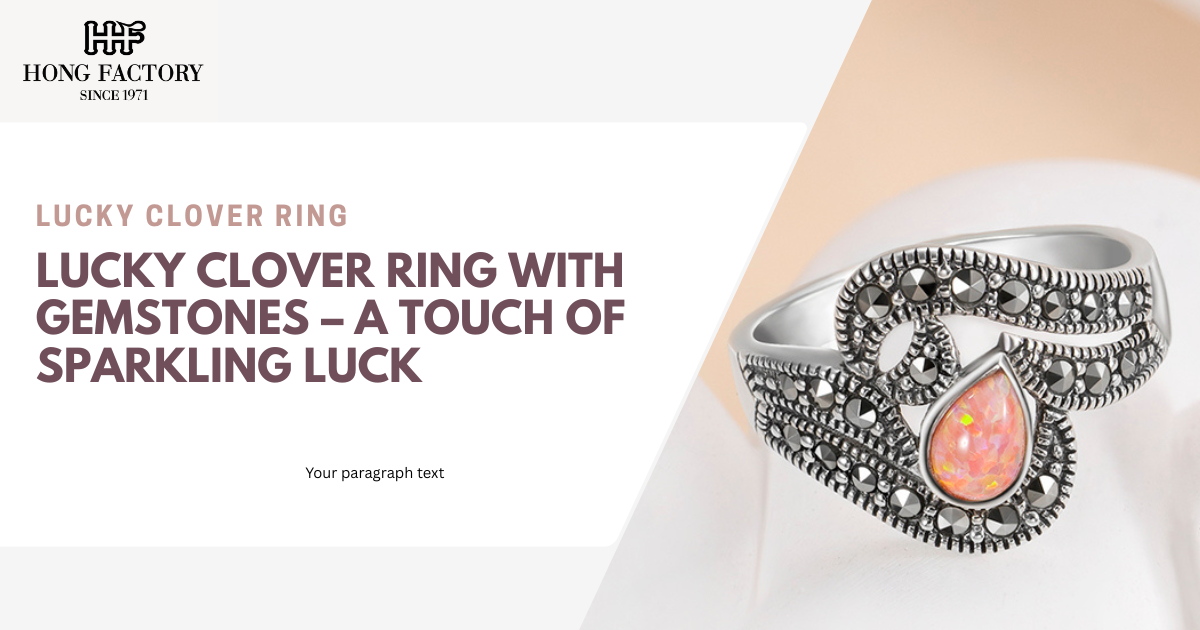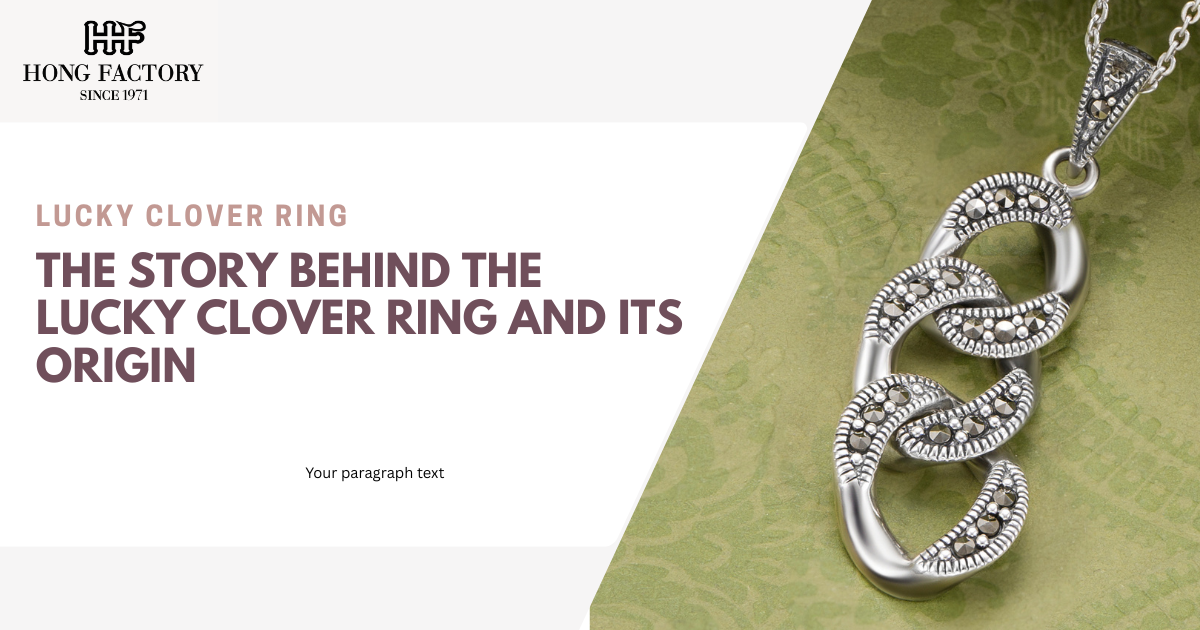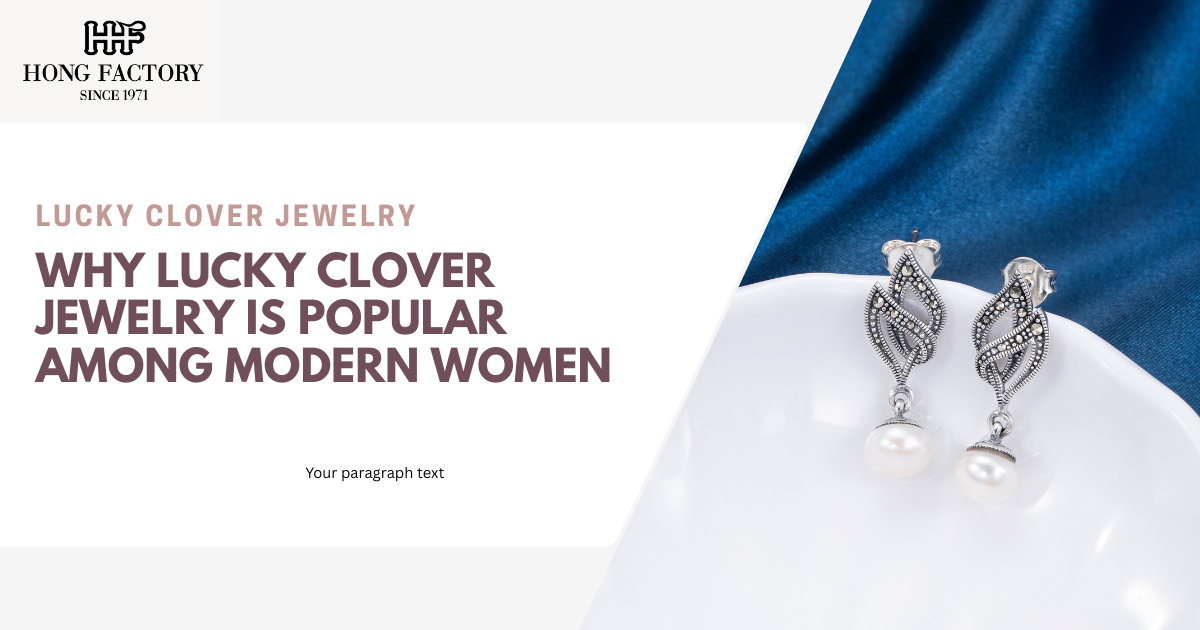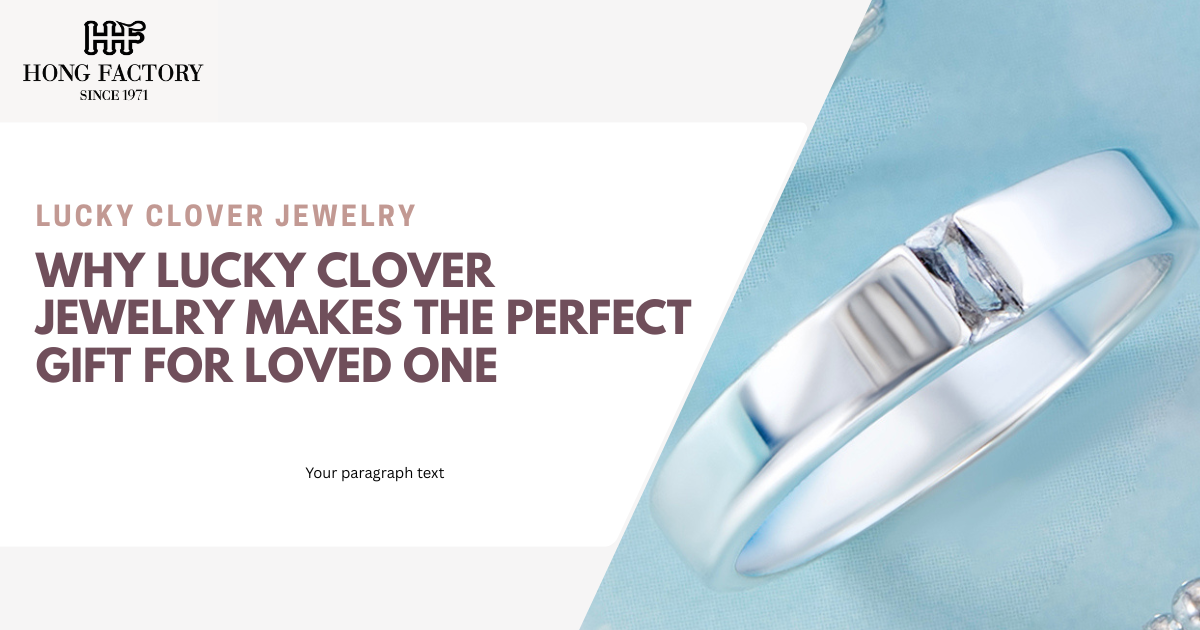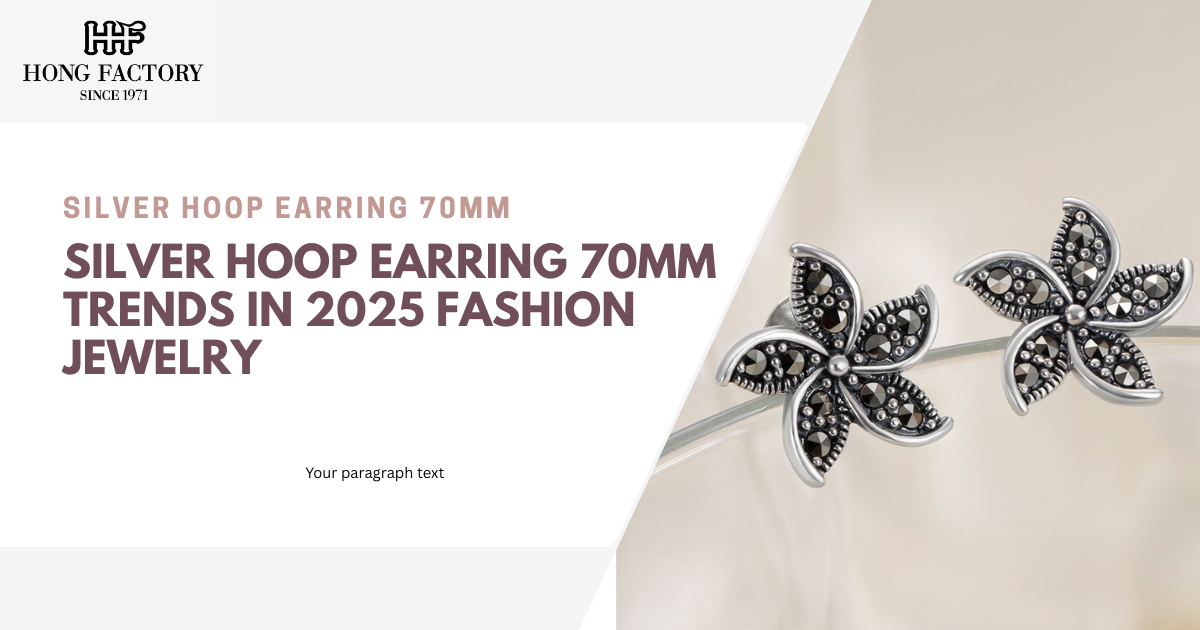
When it comes to sparkling and sophistication, few jewelry pieces captivate as much as diamond earrings. However, as modern technology evolves, Earring Cubic Zirconia has emerged as a stunning alternative—offering the brilliance of diamonds without the hefty price tag. Many jewelry enthusiasts today find themselves asking: what’s the real difference between cubic zirconia and diamonds? In this article, we’ll explore their distinct features, from composition and appearance to value and maintenance, helping you choose the perfect pair that fits your lifestyle and preferences. marcasite
Earring Cubic Zirconia – Understanding the Key Differences from Diamonds
The Earring Cubic Zirconia may resemble diamonds at first glance, but their origins and characteristics differ greatly. Understanding these distinctions will help you make informed decisions when investing in fine jewelry.
- Composition and Origin
Diamonds are natural gemstones formed deep within the Earth’s mantle over billions of years under intense pressure and heat. Each diamond is unique, making it a natural wonder of time and geology. In contrast, cubic zirconia (CZ) is a synthetic gemstone made from zirconium dioxide, created in laboratories using advanced crystallization processes. This controlled environment ensures flawless clarity and consistent quality, something nature cannot always guarantee.
- Appearance and Brilliance
At first glance, cubic zirconia earrings can appear almost identical to diamond earrings. Both possess high levels of brilliance, but the way they reflect light differs:
- Diamonds: Have a higher refractive index (2.42) and exhibit a natural sparkle known as “fire,” producing subtle rainbow-like flashes.
- Cubic Zirconia: With a refractive index of 2.15–2.18, they emit more colorful, prism-like flashes that can appear slightly more intense or artificial under certain lighting.
While diamonds often have slight imperfections (inclusions), cubic zirconia is nearly flawless. This perfection gives CZ earrings a highly polished and uniform appearance—ideal for those who prefer a consistent, radiant look.
- Hardness and Durability
Durability is one of the key differences between the two gemstones. Diamonds are the hardest natural material on Earth, ranking 10 on the Mohs hardness scale, making them nearly scratch-proof. Cubic zirconia ranks 8–8.5, meaning it is durable enough for everyday wear but can show minor wear over time, especially if not handled properly. However, when set in high-quality metals like sterling silver or gold, Earring Cubic Zirconia can maintain its beauty for years.
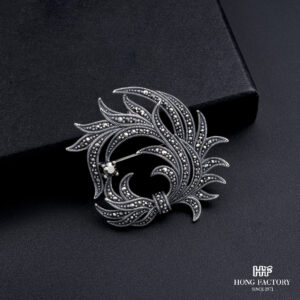
- Weight and Density
Cubic zirconia is denser than diamonds, which means CZ earrings often feel heavier than real diamond ones of the same size. This difference can help jewelers—and keen observers—distinguish between the two. While this extra weight can give CZ earrings a substantial feel, it’s important to choose sizes that remain comfortable for long-term wear.
- Color and Clarity
- Diamonds: Even high-quality diamonds may have slight color tints or inclusions, and completely flawless stones are rare and extremely valuable.
- Cubic Zirconia: Naturally colorless and flawless due to its synthetic creation, it often appears brighter and whiter than natural diamonds.
Some jewelry lovers prefer the crisp clarity of CZ, while others appreciate the organic uniqueness of diamond inclusions. Both options offer distinct charm depending on personal preference.
- Price and Value
Perhaps the most significant difference lies in cost. Diamonds are precious gemstones, and their rarity contributes to their high market value. The price of a diamond earring can vary drastically depending on the stone’s cut, clarity, color, and carat weight. On the other hand, cubic zirconia provides an affordable alternative that allows you to enjoy diamond-like elegance without the financial strain.
A pair of Earring Cubic Zirconia can cost less than 5% of the price of diamond earrings of similar size and style. This makes CZ an ideal choice for budget-conscious buyers who still want luxurious sparkle.
- Ethical and Environmental Considerations
Diamond mining has long raised environmental and ethical concerns, including deforestation, water pollution, and unfair labor practices. In contrast, cubic zirconia is lab-created, making it an eco-friendly and conflict-free option. Choosing CZ jewelry supports sustainability and ensures that your beauty choices align with modern ethical values.
- Maintenance and Care
Both diamonds and cubic zirconia require care to maintain their brilliance, but CZ earrings need slightly more attention. To keep your Earring Cubic Zirconia shining:
- Clean regularly with warm water, mild soap, and a soft brush.
- Avoid contact with perfumes, lotions, or harsh chemicals.
- Store separately to prevent scratches from other jewelry.
While diamonds resist wear more effectively, cubic zirconia offers low-maintenance beauty when cared for properly.
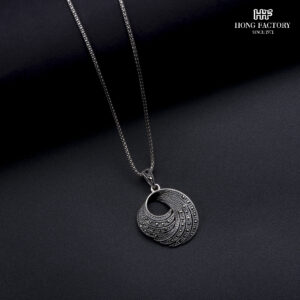
- Versatility and Design
Cubic zirconia’s flawless appearance makes it ideal for a wide variety of designs—from minimalist studs to intricate chandelier earrings. Designers can experiment with bold cuts and larger sizes at affordable prices, making Earring Cubic Zirconia perfect for both everyday wear and special occasions. Diamond earrings, while luxurious, often come in simpler or smaller designs due to their higher cost.
Both diamonds and cubic zirconia possess their own unique appeal. Diamonds symbolize tradition, rarity, and timeless luxury, while the Earring Cubic Zirconia represents modern elegance, accessibility, and ethical beauty. For those seeking brilliance without compromise, cubic zirconia offers a perfect blend of style, affordability, and conscience. Whether you prefer the natural wonder of a diamond or the flawless charm of CZ, one thing remains true sparkle never goes out of style.



